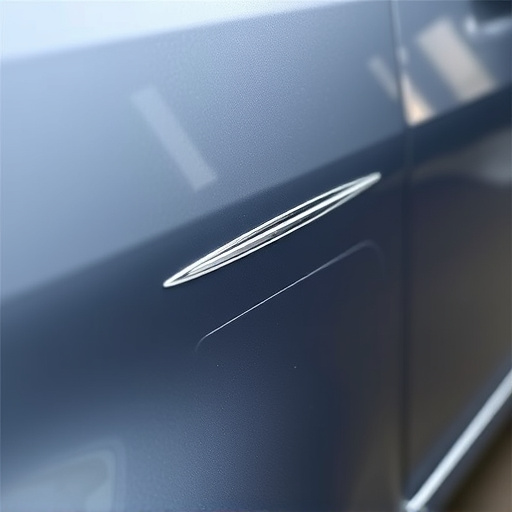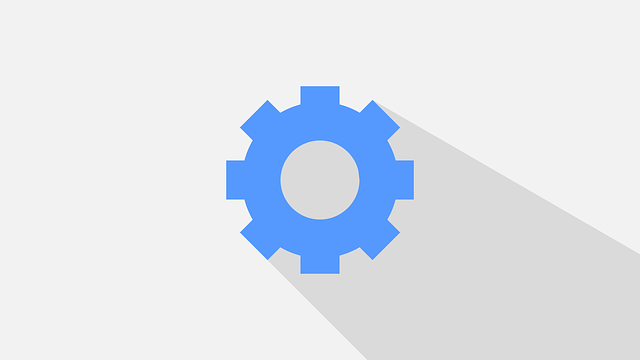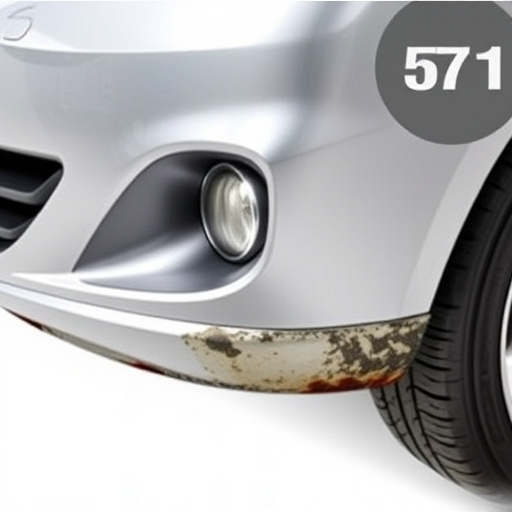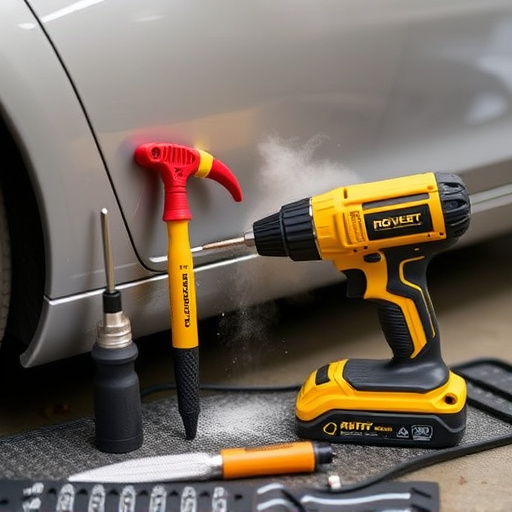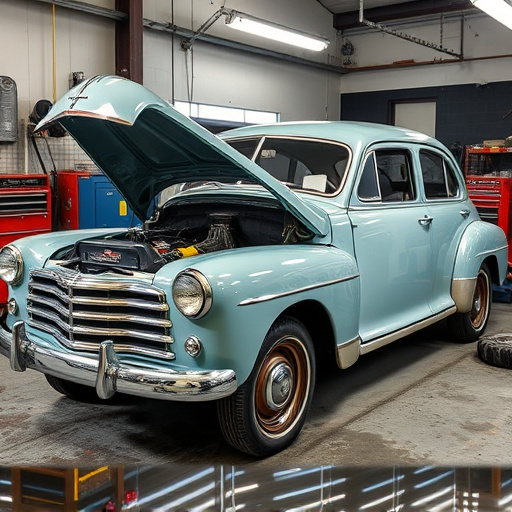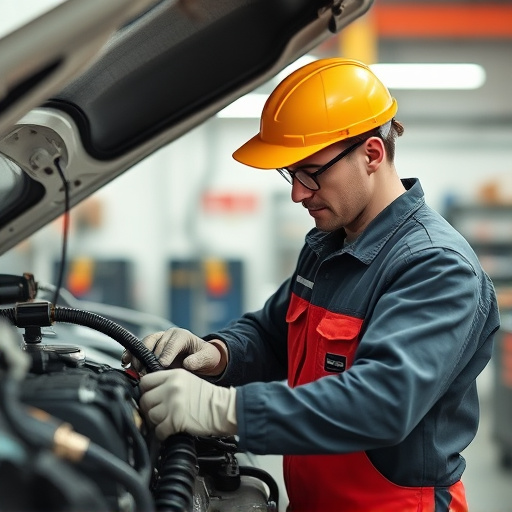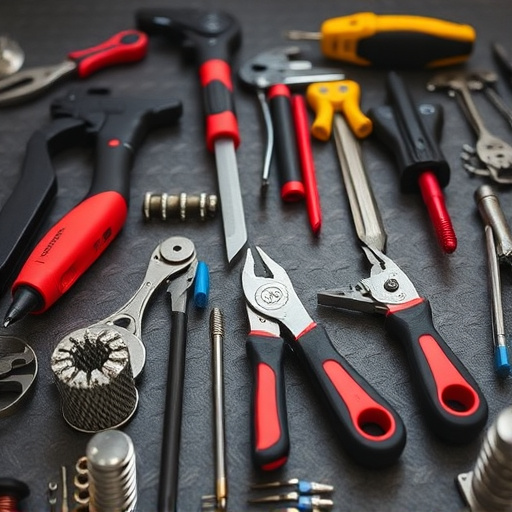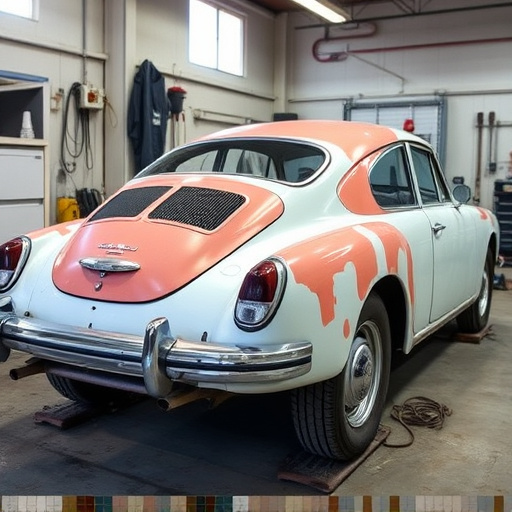Regular maintenance checks and inspections are crucial to prevent costly cooling system accidents. By identifying issues like cracked radiators or worn belts early, vehicle owners can extend the lifespan of their cooling systems, ensure efficient operation, and reduce the risk of breakdowns, minimizing damage from unexpected failures. Proactive measures such as leak checks, monitoring coolant levels, and verifying fan functionality are vital to prevent catastrophic cooling system failures in accidents.
Preventing cooling system accidents is paramount in maintaining operational efficiency and safeguarding against substantial damage. This article offers essential tips for facilities managers and owners, focusing on three key areas: regular maintenance checks to forestall failures, identifying early warning signs of potential issues, and implementing safety measures for minimal damage and swift response. By adopting these strategies, you can significantly reduce the risk of costly cooling system accidents and related damage.
- Regular Maintenance Checks to Prevent Failures
- Identifying Red Flags: Early Warning Signs
- Safety Measures for Minimal Damage and Quick Response
Regular Maintenance Checks to Prevent Failures
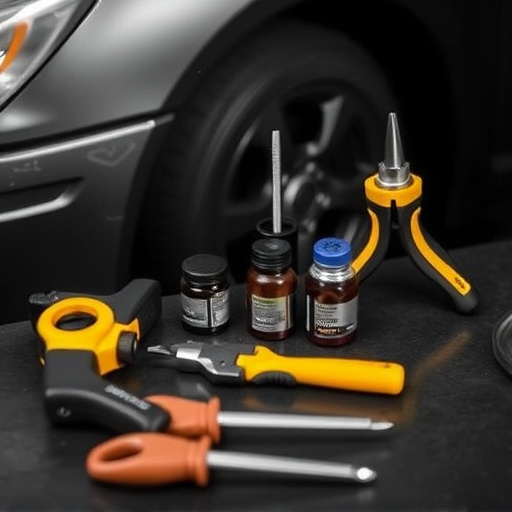
Regular maintenance checks are an essential aspect of preventing costly cooling system accidents. By scheduling routine inspections, vehicle owners can identify potential issues before they escalate. A qualified mechanic should thoroughly examine the radiator, hoses, and other components for any signs of damage or leaks. Early detection of problems like a cracked radiator or worn-out belts can prevent catastrophic failures that lead to severe accident damage.
These checks should be performed at regular intervals specified by the vehicle manufacturer. Ignoring maintenance can result in overheated engines, which could cause significant collision damage repair needs. Modern vehicles equipped with advanced cooling systems require specific attention to maintain optimal performance. Regular servicing not only extends the lifespan of the cooling system but also ensures efficient operation, reducing the risk of breakdowns on the road and keeping your vehicle safe from unexpected automotive collision repair scenarios.
Identifying Red Flags: Early Warning Signs
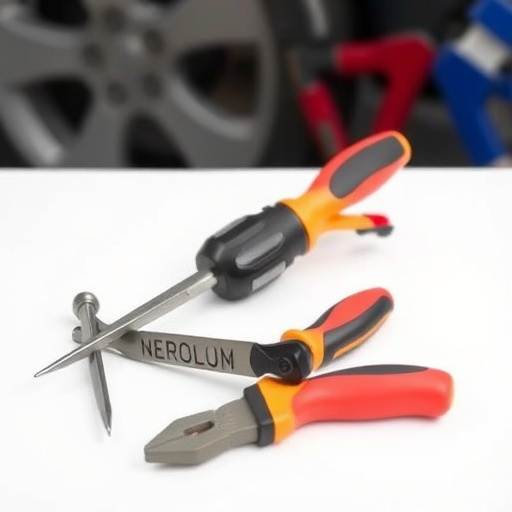
In the world of automotive maintenance, preventing cooling system accidents is paramount to avoid significant damage. To stay ahead, vehicle owners must learn to identify red flags that signal potential issues. Early warning signs such as unusual sounds coming from the engine, visible steam or smoke, and temperature gauge readings outside the normal range are clear indicators that something might be amiss with the car’s cooling system. These signals should never be ignored, as they could point to problems like a leaking radiator, faulty fans, or a damaged thermostat.
Regular check-ups at a reputable auto repair shop can also play a crucial role in preventing these accidents. Skilled technicians using advanced diagnostic tools can uncover subtle issues before they escalate into costly repairs or even cause a fender bender due to overheating. Remember, timely intervention is key; addressing cooling system problems early on could save you from extensive damage and the hassle of unexpected breakdowns. Thus, staying vigilant and seeking professional car repair services when necessary are essential steps in maintaining a safe and reliable vehicle.
Safety Measures for Minimal Damage and Quick Response
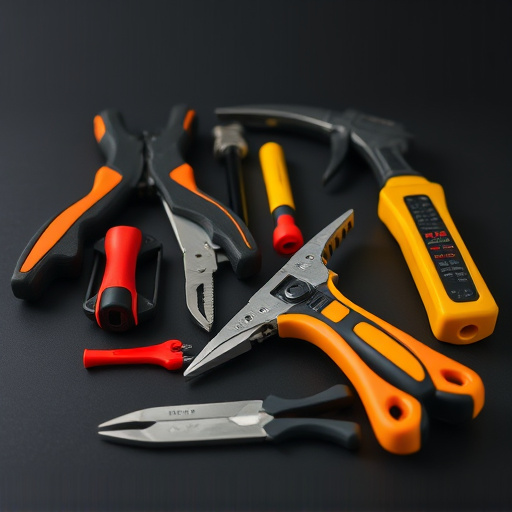
Implementing robust safety measures is key to minimizing damage and ensuring a swift response during a cooling system accident. Regular maintenance checks can prevent such incidents by identifying potential issues early on. For instance, inspecting for leaks, checking coolant levels, and verifying proper functioning of fans and pumps can help avoid catastrophic failures.
In the event of an accident, quick action is crucial. Having a well-equipped collision repair center with trained professionals can facilitate efficient damage assessment and repair, including vehicle paint repair if needed. This not only reduces downtime but also ensures that your vehicle’s cooling system is restored to its optimal condition, preventing further complications.
Preventing future cooling system accidents requires a combination of proactive maintenance, keen observation of red flags, and implementing safety measures. Regular checks can identify potential issues before they escalate into costly and damaging failures. By recognizing early warning signs and taking immediate action, you minimize accident damage and ensure a quick response, safeguarding your equipment and operations.

